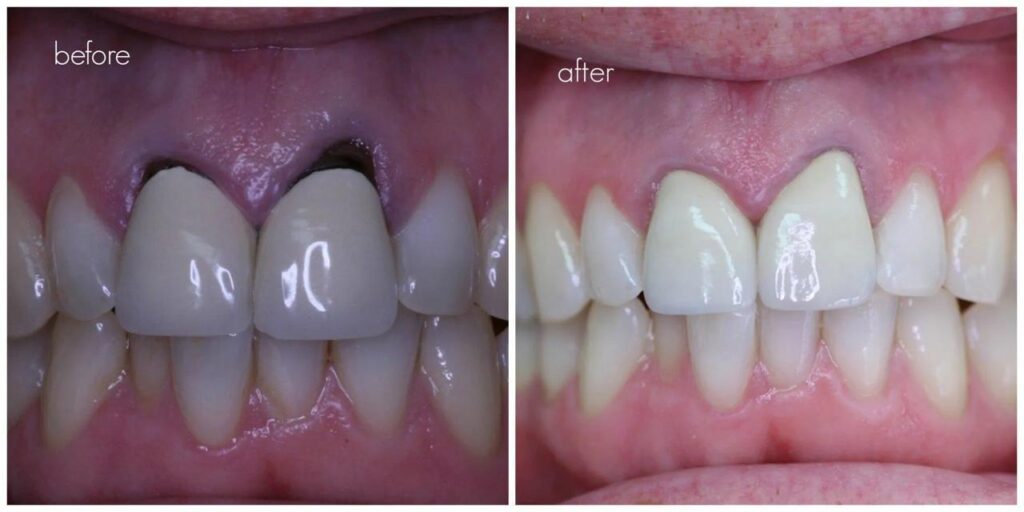A dental crown on a tooth is similar to wearing a HELMET on the head! What does a dental crown do? Why do we have to crown a tooth? How often do we have to change the crown? These are some of the frequently asked questions by the patients.
Once a crown is cemented, how often do we have to replace it? Is there a time period?
A crown is placed over a tooth basically to protect the tooth and reduce the chance of fracture of the tooth. When procedures like root canal treatment is done, the tooth becomes brittle, hence a crown is placed to reduce the chance of fracture of the tooth.
There is NO TIME PERIOD! A dental crown need not be changed or replaced unless there is a problem. The usual reasons why a dental crown is replaced are if there is a problem with the underlying tooth structure or with the crown itself.
The issues with the underlying tooth can be pain due to deep caries or infection or food accumulation below the crown due to secondary caries or decay. The problems with the crown can be fracture or chip of the ceramic of the crown or metal margin being visible at the gum level like a black margin or mismatch of shade with the remaining teeth in the oral cavity, all of which compromises the esthetics and function of the crown.
So, when we consider replacing a crown, what are the options we have? There are generally three categories – Full Metal crown, Metal Ceramic crown, All ceramic crowns like Zircon and Emax. The decision on which type of crown to be placed, depends on various factors, like esthetics, function, cost, tooth structure height etc.
Although these are some of the reasons for replacement of a dental crown, the decision to do so varies from case to case.
Once a crown is cemented, how often do we have to replace it? Is there a time period?
There is NO TIME PERIOD! A dental crown need not be changed or replaced unless there is a problem. The usual reasons why a dental crown is replaced are if there is a problem with the underlying tooth structure or with the crown itself.
The issues with the underlying tooth can be pain due to deep caries or infection or food accumulation below the crown due to secondary caries or decay. The problems with the crown can be fracture or chip of the ceramic of the crown or metal margin being visible at the gum level like a black margin or mismatch of shade with the remaining teeth in the oral cavity, all of which compromises the esthetics and function of the crown.
So, when we consider replacing a crown, what are the options we have? There are generally three categories – Full Metal crown, Metal Ceramic crown, All ceramic crowns like Zircon and Emax. The decision on which type of crown to be placed, depends on various factors, like esthetics, function, cost, tooth structure height etc.
Although these are some of the reasons for replacement of a dental crown, the decision to do so varies from case to case.

